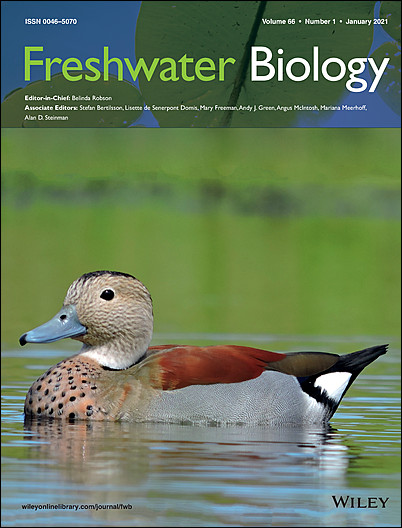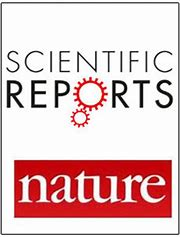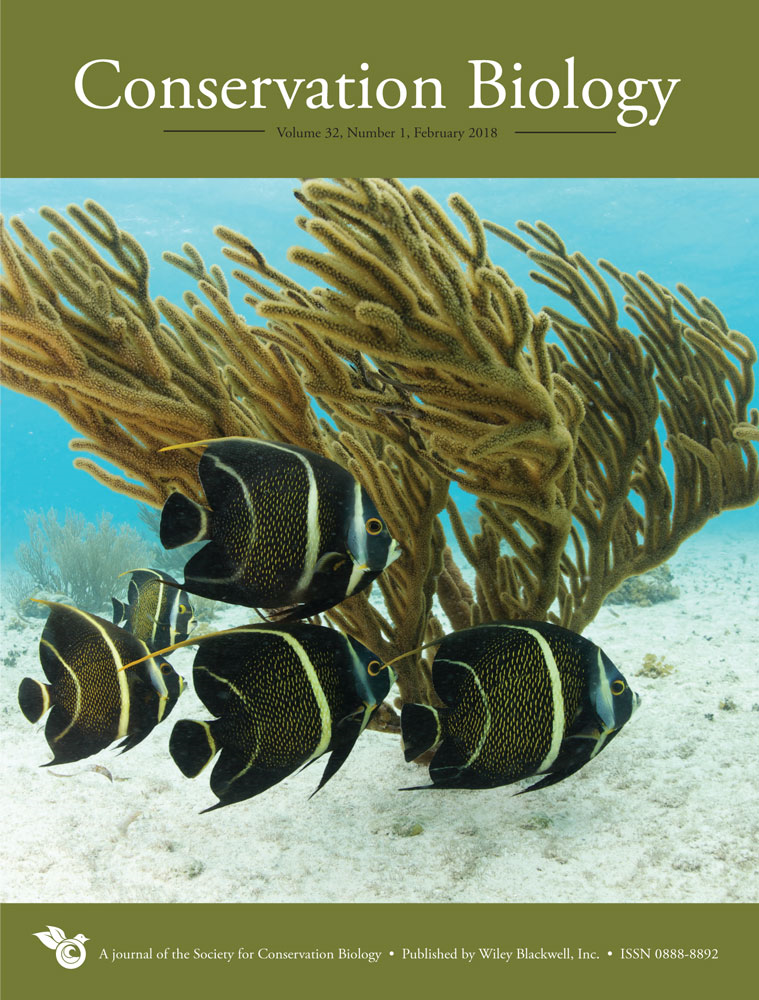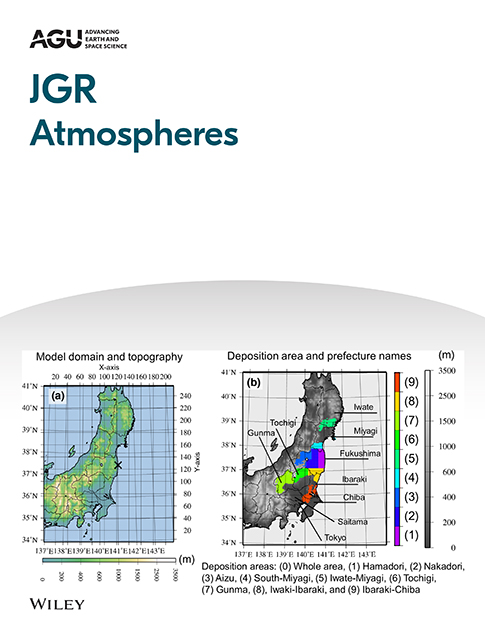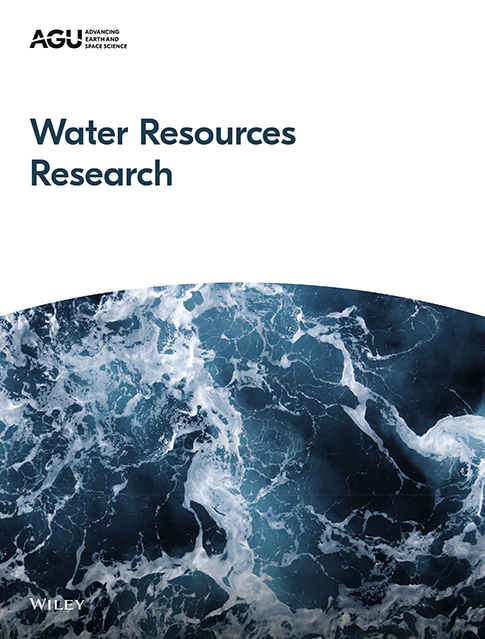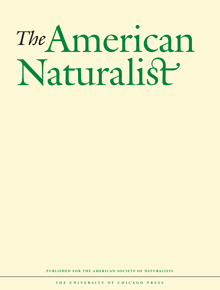Genetic population structure of a top predatory fish (northern pike, Esox lucius) covaries with anthropogenic alteration of freshwater ecosystems
The authors investigated how the genetic population structure of northern pike in Germany varies with the type of ecosystem and the integrity of the ecosystem using ecological status assessments of the Water Framework Directive and indices of the wetland quality and trophic state. The study revealed a positive association of the degree of genetic hybridisation with decreasing ecological status.
The Hierarchy-of-Hypotheses approach: a synthesis method for enhancing theory development in ecology and evolution
In the current era of Big Data, synthesis tools are critical means to handle the deluge of information. The hierarchy-of-hypotheses (HoH) approach is such a tool that helps to (a) organize evidence, (b) organize theory and (c) closely connect evidence to theory. In this paper, the authors outline the HoH approach and offer guidance on how to apply it, using examples from ecology and evolution.
How daily groundwater table drawdown affects the diel rhythm of hyporheic exchange
With a physically based model that couples flow and heat transport in hyporheic zones, the study provides insights into hyporheic responses to daily groundwater withdrawal and river temperature fluctuations. These interactions have impacts on temporal variability of hyporheic exchange, mean residence times and denitrification potential. Improved pumping schemes can restore ecosystem functions.
Eye fluke infection changes diet composition in juvenile European perch (Perca fluviatilis)
The authors used stable isotope and stomach content analyses to investigate whether European perch alter their diet composition as a consequence of an infection with eye flukes. The study shows for the first time that fish feed more selectively as infection intensity increases, allowing the parasites to modulate top-down effects of their host on lower trophic levels.
Combined effects of life‐history traits and human impact on extinction risk of freshwater megafauna
Freshwater megafauna are vulnerable to extinction, with over 50% of all classified species considered as threatened on the IUCN Red List. The authors found that human impact and traits related to species’ recovery potential including life span, age at maturity, and fecundity jointly determine their extinction risk. In addition, 17 out of 49 unclassified species were predicted to be threatened.
Invasion Culturomics and iEcology
Photos or videos on social networks or other kind of internet-based data are emerging tools in biodiversity research and environmental sciences. In this overview article an international team of researchers has collected studies that analyzed how these emerging data sources can be used to optimize monitoring and control of invasive species spread.
Effects of the largest lake of the Tibetan Plateau on the regional climate
The authors used a coupled lake-atmosphere model to investigate the effect of the largest lake of China, the Qinghai, on the weather and climate conditions of the Tibetan Plateau. They found that the lake alters wind conditions and increases precipitation over the arid areas of the earth’s “third pole” Tibet but the effect is irregularly distributed spatially and temporally over the seasons.
Catchment functioning under prolonged drought stress: Tracer‐aided ecohydrological modeling in an intensively managed agricultural catchment
The authors investigated the effects of recent years’ droughts on ecohydrological processes in an agricultural catchment using an isotope-aided model (EcH2O-iso). Stream discharge could be sustained by deep, old groundwater, while transpiration fluxes were heavily reduced by drought stress. Crucially, tracer-based water age estimates can be used as potential indicators of drought impacts.
Climate change – driven regime shifts in a planktonic food web
Climate change causes a decrease in the ice cover on lakes throughout the world. Yet, there has been insufficient research into how this decline of the winter period affects the interplay of phytoplankton and zooplankton. This study shows that even a gradual decline in the average duration of ice cover can result in abrupt changes in plankton dynamics.
Soil erosion modelling: a global review and statistical analysis
67 scientists reviewed 1700 peer-reviewed articles on soil-erosion modelling. The study addresses the relevance of regions, models, and model validation and includes the open-source database.


